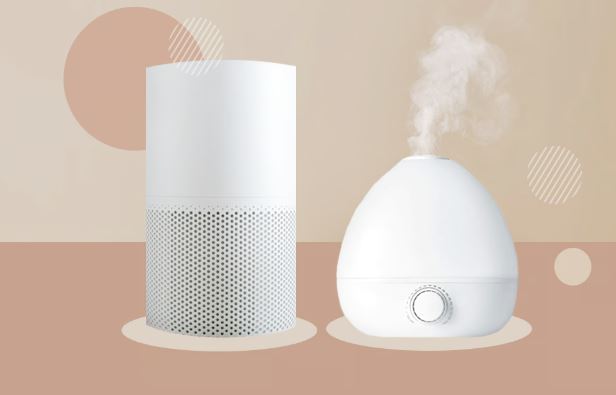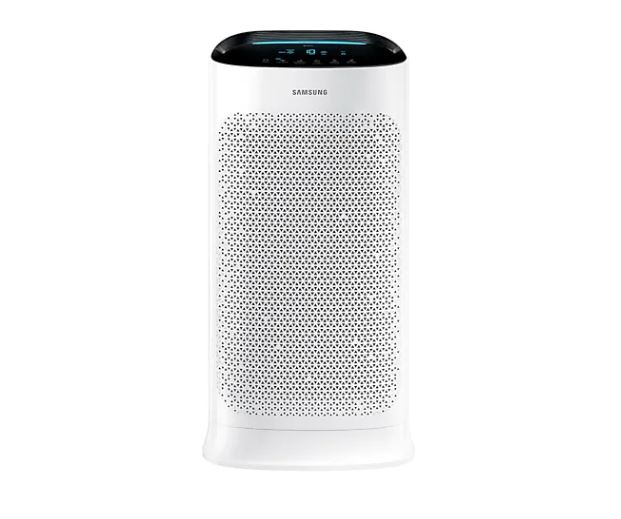Best Air Purifiers for Travel: Compact and Portable Solutions
Best Air Purifiers for Travel: Compact and Portable Solutions
Blog Article
In an era of heightened health awareness, the air quality indoors and out has taken center stage for homeowners and health-conscious individuals. With increasing environmental pollution and a greater awareness of the impacts of indoor air quality on our health, it's no surprise that the demand for air purifiers is on the rise.
Air purifiers are appliances that clean the air of pollutants in a space, enhancing the air we breathe indoors. They are especially advantageous for those with allergies, asthma, or respiratory concerns as they can significantly reduce the presence of allergens, pollutants, and irritants in the air. Even healthy individuals can benefit from air purifiers, as they offer peace of mind and an extra layer of protection against airborne illnesses.
This article will delve into the fascinating realm of air purifiers, discussing the perks they offer, the variety of options on the market, essential factors when choosing a purifier, and maximizing your air purifier's potential. By the end, you should have a solid comprehension of air purifiers and be able to choose wisely about whether investing in one is the right choice for you and your loved ones.

Understanding Air Pollutants and Their Impact on Health
To understand why air purifiers are essential, it's vital to understand the variety of contaminants they address and the possible effects of prolonged exposure.
Indoor air pollutants can be generally classified into the following three categories:
- Particulate Contaminants: This includes tiny solid and liquid particles floating in the atmosphere. Examples include dust, smoke, pollen, pet dander, mold spores, and more. Particulate matter can trigger respiratory problems and trigger allergic reactions.
- Volatile Organic Compounds (VOCs): VOCs are gases emitted from various solids or liquids. Sources of VOCs include cleaning agents, paints, aerosol sprays, pesticides, and similar products. Exposure to VOCs can lead to irritation of the eyes, nose, and throat, as well as headaches and nausea.
- Biological Hazards: These include bacteria, viruses, mold, and mildew. They can cause a spectrum of health concerns, from allergy symptoms to more serious health risks.
The impact of these contaminants on human health can vary significantly. For people with respiratory issues or a vulnerable immune system, exposure to indoor air pollutants can lead to serious health issues. Even for healthy people, chronic exposure to certain pollutants can increase the risk of respiratory conditions and other health concerns over time.

How Air Purifiers Work
Air purifiers use a combination of physical and chemical processes to capture and remove pollutants from the air. Understanding the basic mechanisms employed by purifiers will help you grasp how they work and the array of models on the market.
Here are the primary mechanisms and innovations used in air purifiers:
- Filtration Excellence: This is the most common method used in air purifiers. It involves using filters to trap particles as air is passed through the filtration system. The filtration media varies, each designed to capture specific types of particles. For example:
- Pre-filters: These are usually the first line of attack, trapping bigger contaminants like hair and dust.
- HEPA Filters: The Gold Standard: HEPA filters are highly effective at trapping ultrafine particles, including dust mites, pollen, bacteria, and viruses. To be labeled a true HEPA filter, it must capture at least 99.97% of particles as small as 0.3 microns.
- carbon filtration: These filters are designed to adsorb odors, VOCs, and gaseous pollutants.
- The Power of Ionization: Ionizers use electrical charges to create ions with a negative charge, which bind to particles in the air. The charged particles are drawn to nearby surfaces or the purifier itself.
- Ozone Generators: Some air purifiers use ozone as a potent disinfectant to destroy contaminants. While effective, ozone is a respiratory irritant so these types of purifiers should be used with caution and only in unoccupied spaces.
- UV Light: A Radiant Solution: UV light can be used to destroy biological contaminants like bacteria, viruses, and mold spores. UV light is commonly paired with filtration to capture particles first, followed by UV light to neutralize any remaining biological threats.
Selecting the Perfect Purifier
With a variety of choices available, selecting the ideal air purification system can be a difficult decision. It's important to consider multiple factors to ensure you make the correct choice for your specific needs and space.
Here are some key considerations:
- Room Size: Air purifiers are typically rated for specific room sizes, so it's important to choose a model that can adequately cater to the room size. Most purifiers will list a maximum room coverage or CADR, which indicates the amount of purified air circulated per minute.
- Targeted Pollutants: Identify the particular contaminants you want to target. If you suffer from allergies, look for a purifier with a HEPA filtration system. For odor removal, consider a model with a carbon filter. If you're concerned about bacteria and viruses, a purifier with UV light disinfection might be best.
- Whisper-quiet Performance: Air purifiers can produce a range of noise outputs, so if you plan to use it in a quiet bedroom or tranquil space, look for models with a sleep mode or quiet setting.
- Maintenance and Costs: Consider the ongoing costs and maintenance requirements of the purifier. HEPA filters, for example, typically need to be replaced every 6-12 months, depending on use and environmental factors. Remember to budget for filter replacements when making your choice.
- Smart Innovations: Many purifiers offer smart features like air quality sensors, automatic modes, and Wi-Fi connectivity, allowing wireless control and real-time data. These features can make your purifier more user-friendly and efficient.
Maximizing the Benefits of Your Air Purifier
Once you've chosen and set up your air purifier, there are several things you can do to ensure it operates at optimal levels and delivers the optimal results:
- Place it in the Right Location: Position your purifier in an central location, free from obstacles, to ensure efficient air circulation. Avoid placing it near external openings as drafts can interfere with its performance.
- Round-the-clock Operation: For the best results, it's recommended to run your purifier around the clock. Many models have automatic or low-power settings that adapt to the air quality, so you can maintain healthy air quality while conserving energy.
- Maintain the Filters: Regularly adhere to the recommended filter replacement schedule. Over time, filters become clogged with particles, reducing the purifier's efficiency. Schedule filter replacements so you don't forget.
- Minimize Indoor Pollutants: Alongside using an air purifier, take steps to limit indoor contaminants. This could include regularly vacuuming and dusting, using natural cleaning products, and minimizing the use of strong chemicals or aerosols. Report this page